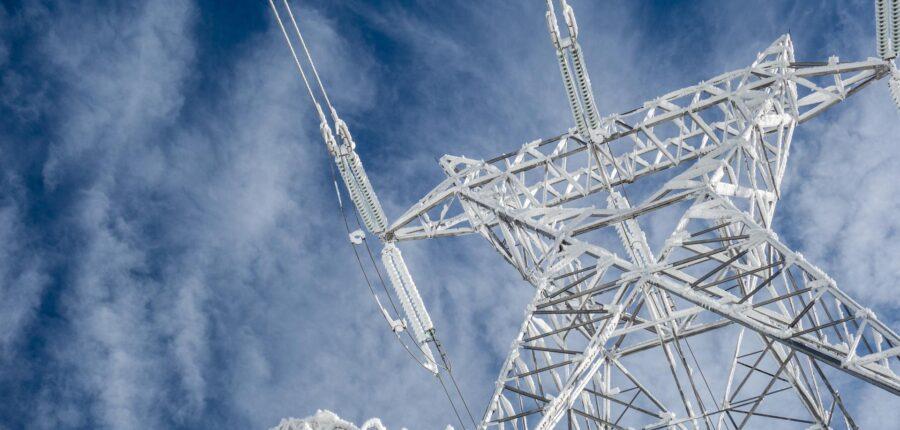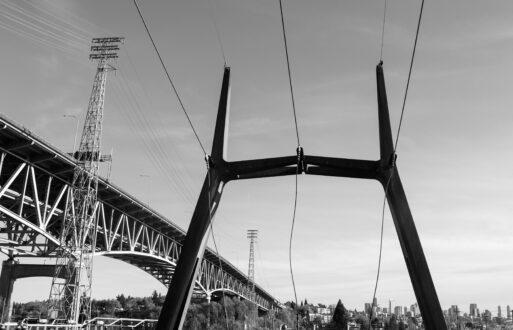The coronavirus pandemic (COVID-19) has presented unprecedented challenges to society and upended life in many devastating ways.
The present epidemic and the efforts adopted to restrict the disease’s spread have radically altered our behavioral patterns and modified when, where, and how we use electricity.
A team of scientists at Pacific Northwest National Laboratory continues to tackle the pandemic’s impact on electricity demand in the United States. The recent PNNL research paper “Multiscale effects masked the impact of the COVID-19 pandemic on electricity demand in the United States“, posted in Applied Energy, used three datasets to help understand and predict the diurnal profile of electricity demand in the era of COVID-19.
PNNL brought together three unique datasets to show the pandemic’s impact across a range of spatiotemporal scales.
- Utility/Customer Class
- Balancing Authority
- State
What did they discover?
It depends on which scale you analyzed.
While we do not know to what degree teleworking will continue and present new challenges and uncertainty for forecasting electricity demand.
We already knew the pandemic caused residential usage to increase and commercial load to decline. The evolving story of the impact of teleworking on electricity demand needs to be analyzed according to customer classes, regions, and spatiotemporal scales.
If you only looked at total load data, you would miss the critical trends detected by a talented group of scientists in the Pacific Northwest.

Utility/Customer Class
PNNL’s research examining changes in the hourly demand for a single utility (ComEd) unearthed the following:
- Springtime/Residential Load
- More gradual morning ramp
- Higher midday loads
- Less steep evening ramp
- Springtime/ Non-Residential Load
- Load declined, but load shape was largely unaffected
- Summertime
- Impact on shutdowns became harder to see for the following reasons
- Loads in summer are more strongly driven by air conditioning demands & electricity consumption for cooling is impacted much more by temperatures when temperatures are high as compared to when temperatures are mild in the spring and fall
- Load profiles in the spring and fall are more dependent on occupancy schedules (when & where people use electricity) than on external temperatures
- Impact on shutdowns became harder to see for the following reasons
- Lesson Learned?
- Maintaining a distinction between residential and non-residential loads could enhance utility-scale load forecasting models.
Balancing Authority
PNNL used EIA-930 hourly electricity grid monitoring data to examine changes in hourly total loud profiles at the BA scale, focusing on the BA containing the ComEd service territory.
- The BA level could not be broken down between residential and non-residential loads.
- Total load response to COVID-19 appears more muted at the BA Scale of PJM than the ComEd Scale.
State Scale
PNNL’s final analysis looks at changes in electricity sales in 2020 at the state scale. They analyzed changes in total electricity sales from 1990 to 2019 and from 2019-2020. They were able to break the sales down by residential and commercial customers.
- Research confirmed the previous finding of a muted impact in the summer also translates to the state scale.
- The fact that residential and commercial sales moved in opposite directions in 2020 was itself a historical anomaly.
- From 1990-2019, year-over-year changes in residential and non-residential electricity sales had the same sign 70% of the time.
- After February 2020, these sales moved in the opposite direction 65% of the time.
- The near-complete reversal masked the significant underlying change happening with the residential and commercial load, as total summer load changes were not substantially different in the summer of 2020 compared to the historical period.
Teleworking Trends
While future teleworking trends are not yet fully known, here are two reasons why this trend will likely persist after the pandemic.

The United States labor force is undergoing some fundamental and dramatic long-term changes with several long-term implications.
Baby boomers stayed in the workforce longer than expected, primarily due to the Great Recession (2007-2009). But that is changing quickly in the post-pandemic world.
The resulting labor shortage will continue to place a premium on all companies to increase productivity.
A dramatically declining birth rate will give this trend long-term legs.

So What?
When you consider a dramatically shrinking labor force coupled with a desire by the majority of workers to continue working from home, it seems hard to bet against this trend continuing.
The impact of teleworking on utilities, balancing authorities, and RTO markets will be significant. They will heighten the critical importance of accurate load forecasting amidst a time of significant change in how, when, and where we consume electricity.
- A flattened daily net load profile could lower ramping needs and, reduce oversupply risks & change market prices.
- A shift towards a higher residential portion of the total load could make residential rooftop solar slightly more favorable.
- According to the PNNL scientists, the research results suggest the “new normal” may not be only a permanent change in how people consume electricity but rather an increase in the variability of electricity consumption patterns across sectors and scales.
Conclusion
When it comes to deciphering COVID-19 impacts on electricity demand profiles in the United States, PNNL’s new research proves that analysis can’t just focus on total load or a single scale. Instead, the load needs to be broken down regionally and by customer class on an hourly basis.
Load forecasting represents the most significant daily financial risk of any utility operating in a financially binding organized marketplace. Therefore, your load forecast error rate must be minimized at all costs, or you will introduce unacceptable financial risks. Especially during ballistic events like the February winter storm or capacity shortages seen this summer in some areas of the country.
Utilities must closely examine the changing load profile, especially in the residential class, to design Integrated Resource Plans and new rate structures adequately.
When I view this group’s research quality at Pacific Northwest National Laboratory, I wonder why hourly customer class-based load data is not shared more freely for research.
PNNL’s new research paper should be required reading for anybody looking to glean a glimpse into the future of electricity demand due to COVID-19 impacts. Especially in the area of teleworking.
It is definitely a sea change coming on.







